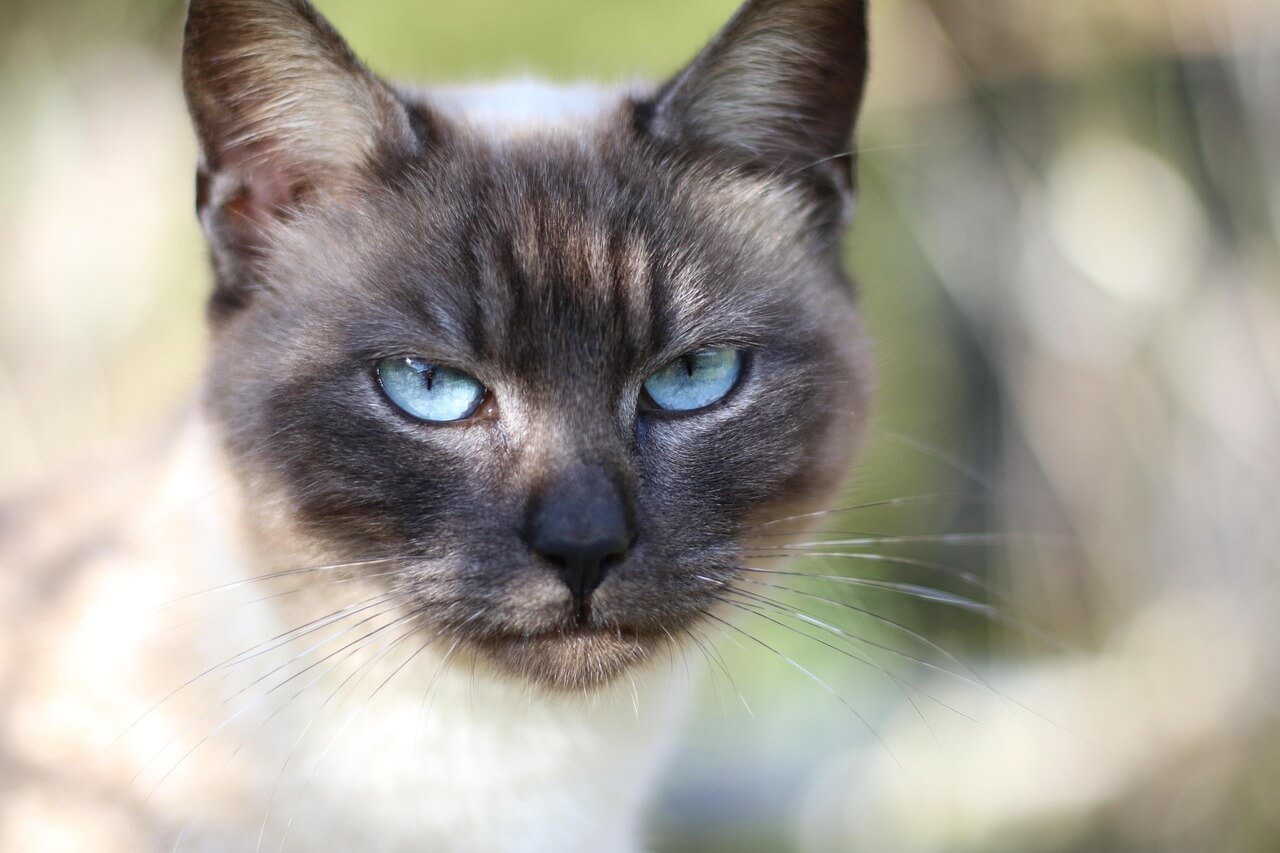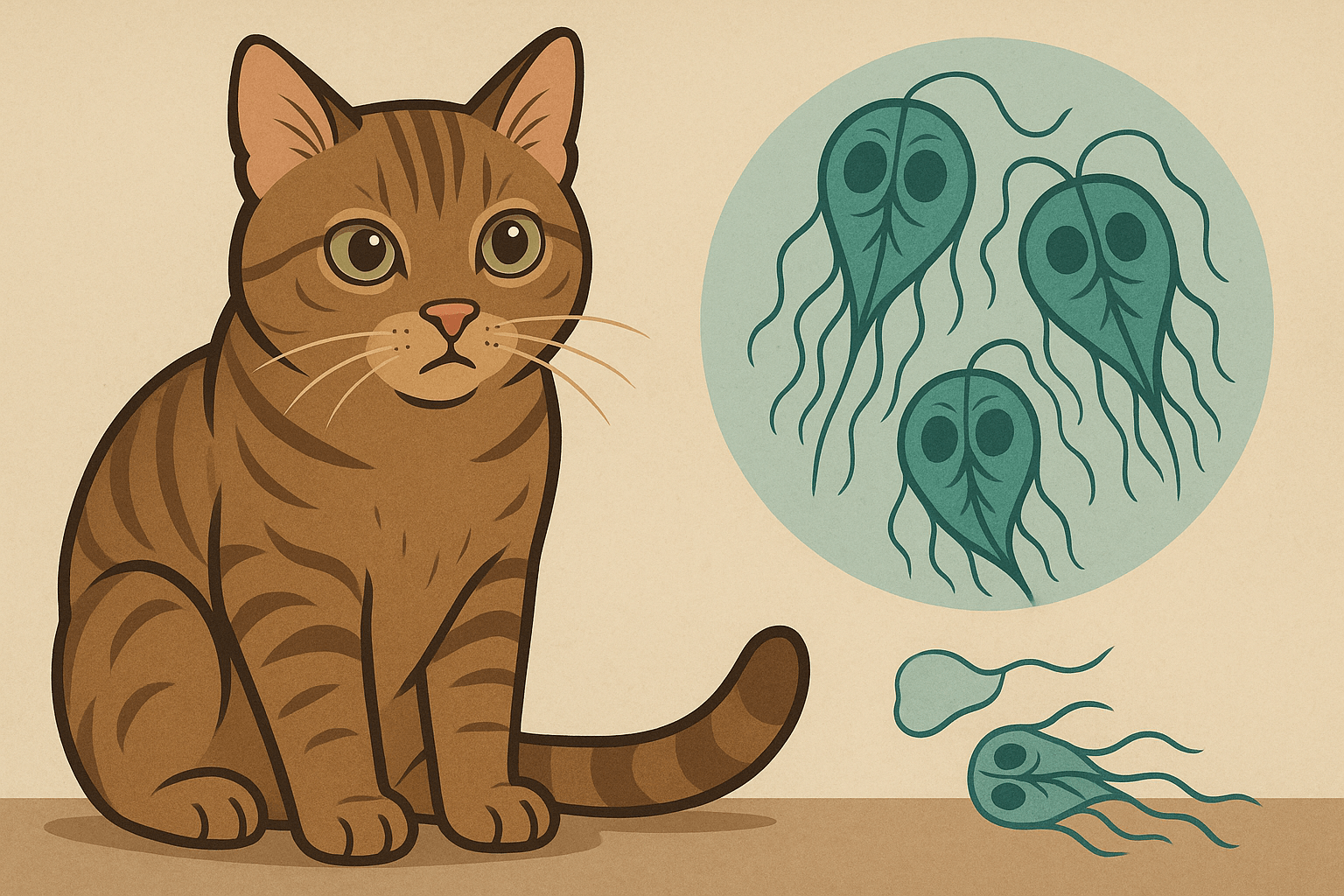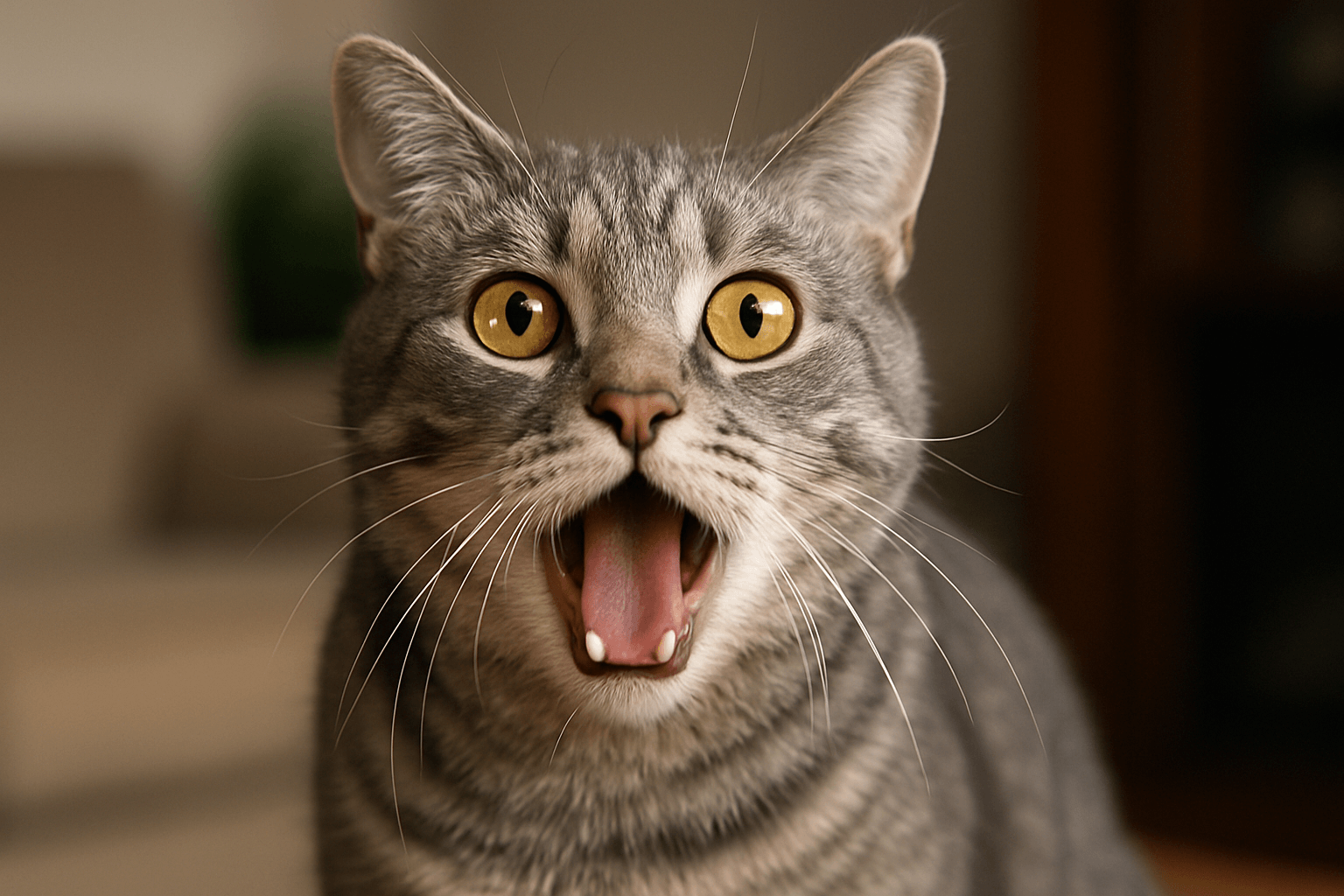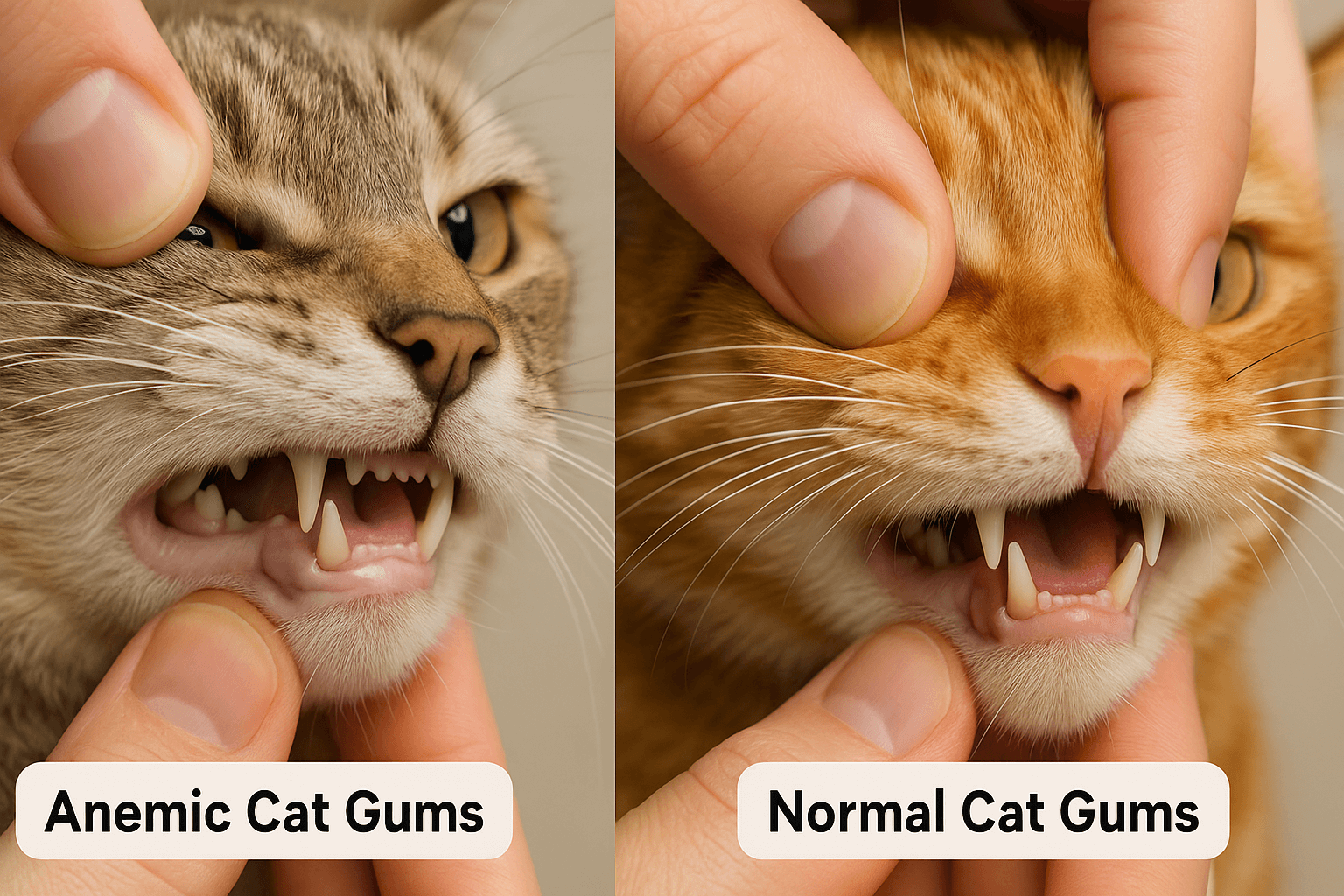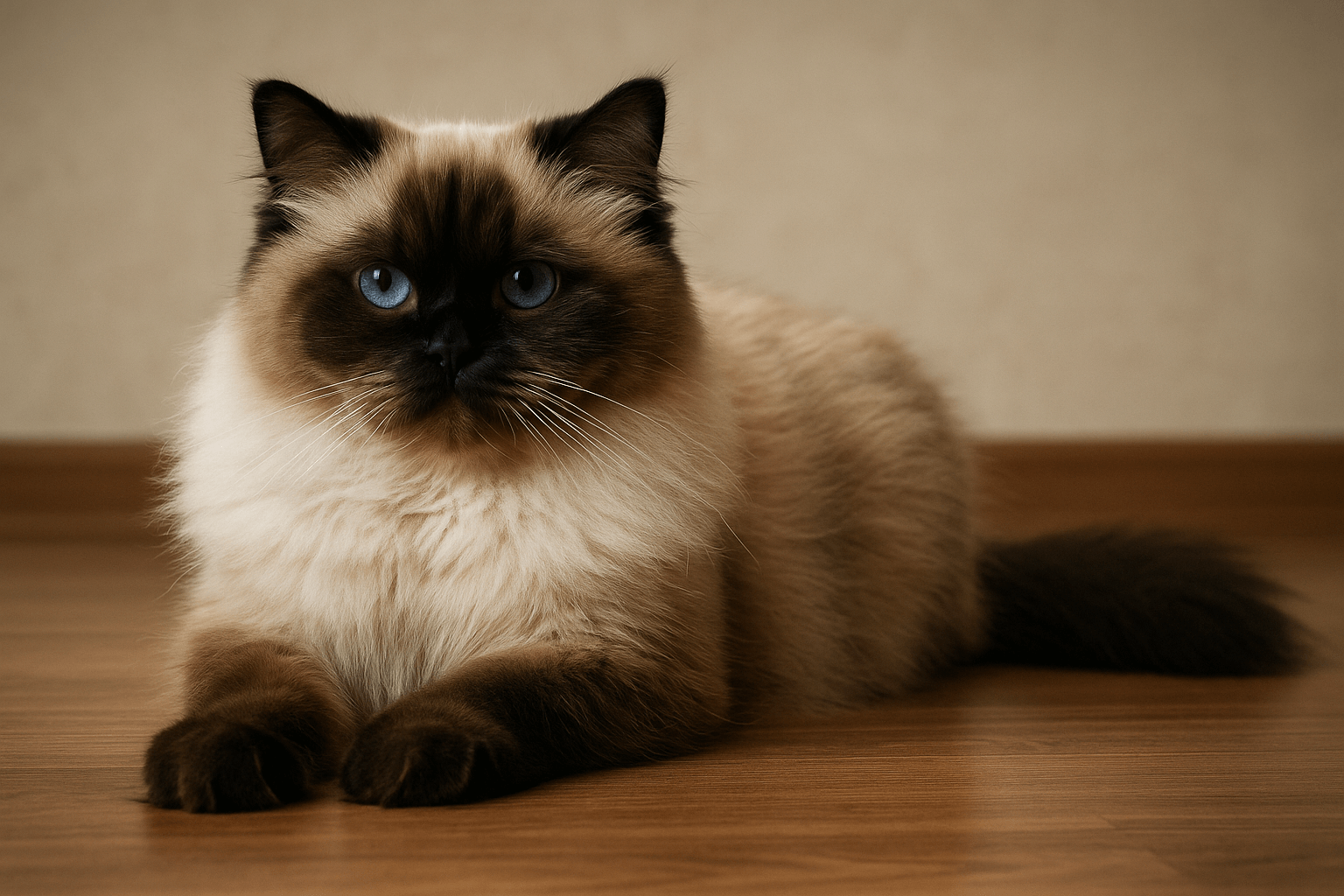Cat Over-Grooming Belly and Legs: What It Means and How to Help
Cats are meticulous groomers by nature, but when your feline friend starts over-grooming specific areas like their belly and legs, it could be a sign of an underlying issue. While occasional grooming is normal, excessive licking, biting, or chewing can lead to hair loss, skin irritation, or even infections. This behavior often stems from physical discomfort, stress, or anxiety, and addressing it promptly is essential for your cat’s well-being. In this guide, we’ll explore the causes of over-grooming, how to identify potential problems, and practical solutions to help your cat feel comfortable again. By understanding this behavior, you can ensure your furry companion stays happy and healthy.
Common Causes of Over-Grooming in Cats
Over-grooming is rarely random; it’s often a response to an underlying issue. Identifying the root cause is the first step toward resolving the problem. Here are some common reasons why your cat might be over-grooming their belly and legs:
Allergies : Food, environmental, or flea allergies can cause itching, prompting excessive grooming to relieve discomfort.
Parasites : Fleas, mites, or lice can irritate your cat’s skin, leading to obsessive licking or chewing.
Skin Infections : Bacterial or fungal infections may cause inflammation or irritation that drives over-grooming.
Stress or Anxiety : Changes in routine, environment, or social dynamics can trigger compulsive grooming as a coping mechanism.
Pain or Injury : Underlying pain, such as arthritis or an injury, may cause your cat to focus on specific areas like their belly or legs.
Understanding these causes will help you determine the best course of action to address your cat’s over-grooming behavior.
Signs That Your Cat Is Over-Grooming
Recognizing the signs of over-grooming early can prevent further complications. Here are some indicators that your cat may be excessively grooming their belly and legs:
Hair Loss (Alopecia) : Patches of missing fur, especially on the belly or legs, are a clear sign of over-grooming.
Red or Irritated Skin : Constant licking or chewing can lead to redness, inflammation, or open sores.
Behavioral Changes : Increased time spent grooming or restlessness during grooming sessions may indicate a problem.
Excessive Licking Sounds : You might notice frequent licking sounds, even when your cat is alone.
Visible Discomfort : Your cat may flinch or react negatively when touched in over-groomed areas.
If you notice any of these signs, it’s important to investigate further and consult your veterinarian if necessary.
Check this guide 👉Cat Overgrooming Scabs: Best 7 Health Tips!
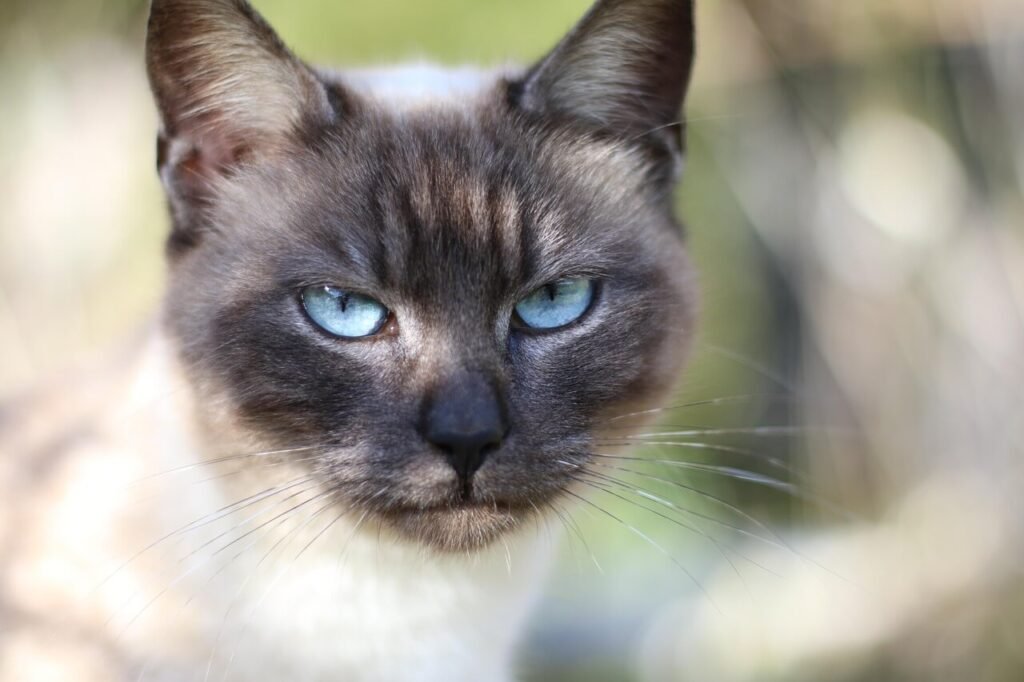
Physical Causes of Over-Grooming | Behavioral Causes of Over-Grooming |
|---|---|
Allergies (food, environmental, flea) | Stress or anxiety due to changes |
Parasites (fleas, mites, lice) | Boredom or lack of stimulation |
Skin infections (bacterial, fungal) | Compulsive grooming habits |
Pain or injury (arthritis, wounds) | Response to household conflicts |
Hormonal imbalances | Separation anxiety or loneliness |
How to Address Physical Causes of Over-Grooming
If your cat’s over-grooming is linked to a physical issue, addressing the root cause is essential for their recovery. Here are some steps to take:
Visit the Veterinarian : A thorough examination can identify allergies, parasites, or infections contributing to the behavior.
Treat Parasites : Use vet-recommended flea treatments or medications to eliminate parasites causing skin irritation.
Switch to Hypoallergenic Food : If food allergies are suspected, try an elimination diet or hypoallergenic cat food.
Apply Medicated Creams : For skin infections or irritation, your vet may prescribe topical treatments to soothe the area.
Address Pain or Injury : Pain management or physical therapy may be necessary if your cat is grooming due to discomfort.
By tackling physical causes, you can alleviate your cat’s symptoms and reduce their urge to over-groom.
How to Address Behavioral Causes of Over-Grooming
When over-grooming stems from stress, anxiety, or boredom, behavioral interventions can make a significant difference. Here are some strategies to try:
Create a Calm Environment : Minimize loud noises, sudden changes, or other stressors in your home.
Provide Mental Stimulation : Interactive toys, puzzle feeders, or climbing structures can keep your cat entertained and distracted.
Establish a Routine : Cats thrive on consistency, so stick to regular feeding, play, and cleaning schedules.
Use Calming Products : Pheromone diffusers like Feliway can help reduce anxiety and promote relaxation.
Spend Quality Time Together : Engage in daily play sessions or grooming to strengthen your bond and reassure your cat.
With patience and consistency, these approaches can help redirect your cat’s focus and reduce compulsive grooming behaviors.
Proactive Steps to Keep Your Cat’s Grooming Habits Healthy
Preventing over-grooming starts with creating a supportive environment and addressing potential triggers before they escalate. Here are some preventive measures to consider:
Regular Parasite Prevention : Use vet-approved flea and tick treatments to keep your cat free from irritating parasites.
Monitor Diet Closely : Choose high-quality, hypoallergenic food if your cat has a history of food sensitivities.
Provide Scratching Posts : Redirect excessive grooming energy toward scratching or playing with toys.
Maintain a Stress-Free Home : Minimize sudden changes in routine or environment to reduce anxiety.
Schedule Routine Vet Check-Ups : Regular health screenings can catch underlying issues before they lead to over-grooming.
By implementing these strategies, you can help your cat maintain healthy grooming habits and prevent compulsive behaviors.
Soothing Your Cat During Stressful Times
If your cat’s over-grooming is linked to anxiety or stress, providing comfort and reassurance is essential. Here are some ways to help calm your feline friend:
Create Safe Spaces : Offer cozy hiding spots or elevated perches where your cat can retreat when feeling overwhelmed.
Use Calming Scents : Natural products like lavender sprays (safe for pets) or pheromone diffusers can promote relaxation.
Limit Loud Noises : Reduce exposure to loud appliances, music, or other disruptive sounds that may startle your cat.
Introduce New Changes Gradually : Whether it’s a new pet, furniture, or routine, make transitions slow and predictable.
Offer Gentle Affection : Stroke or talk softly to your cat to provide reassurance without being intrusive.
By addressing your cat’s emotional needs, you can reduce their reliance on grooming as a coping mechanism and restore their sense of security.
Recognizing When It’s Time to Involve a Specialist
While many cases of over-grooming can be managed at home, some situations require professional intervention. Here are signs that it’s time to consult a veterinarian or animal behaviorist:
Persistent Hair Loss : If hair doesn’t grow back or continues to fall out despite treatment, further investigation is needed.
Open Sores or Infections : Broken skin or signs of infection indicate the need for immediate medical attention.
Behavioral Changes Beyond Grooming : Symptoms like aggression, withdrawal, or loss of appetite suggest deeper issues.
Failure of Home Remedies : If dietary changes, calming products, or environmental adjustments don’t help, seek expert advice.
Compulsive Grooming Despite Treatment : When grooming persists even after addressing physical causes, a behavioral specialist may be necessary.
Involving professionals ensures your cat receives the care and support they need to overcome over-grooming and thrive.
Frequently Asked Questions About Cat Over-Grooming
Is over-grooming always a sign of a health problem?
Not always. While physical issues are common, stress or anxiety can also lead to over-grooming.
Can over-grooming lead to infections?
Yes, excessive licking or chewing can break the skin, creating an entry point for bacteria or fungi.
How can I tell if my cat is stressed?
Signs include hiding, changes in appetite, vocalization, or increased grooming.
Should I stop my cat from grooming altogether?
No, grooming is natural. Focus on addressing the underlying cause rather than stopping the behavior entirely.
When should I consult a vet about over-grooming?
If the behavior persists, causes hair loss, or is accompanied by other symptoms like lethargy or vomiting, seek veterinary advice.
Support Your Cat Through Over-Grooming Challenges
Over-grooming is more than just a quirky habit—it’s often a cry for help from your feline companion. Whether caused by physical discomfort, allergies, or emotional stress, addressing the root cause is key to restoring your cat’s well-being. By staying observant, consulting your veterinarian, and making thoughtful adjustments to your cat’s environment, you can help them overcome this behavior and return to a happy, balanced life. Remember, your love and attention play a vital role in their recovery. With patience and care, you’ll ensure your cat feels safe, comfortable, and loved.
Giardia in Cats: Best 7 Expert Tips! Discover expert advice on identifying, treating, and preventing giardia in cats to ensure your feline stays happy and healthy.
Cat Hyperventilating: Best 7 Expert Tips! Discover signs, causes, and solutions for cat hyperventilation. Learn how to calm your cat and when to seek veterinary care for their breathing issues.
Anemic Cat Gums vs Normal: Best 7 Expert Tips! Learn to spot signs of anemia in cats, understand gum health, and ensure your feline stays happy and healthy with expert advice.
Himalayan Cat Size: Best 7 Expert Tips! Discover expert advice on Himalayan cat size, growth factors, care tips, and how to ensure your feline stays healthy and happy.

